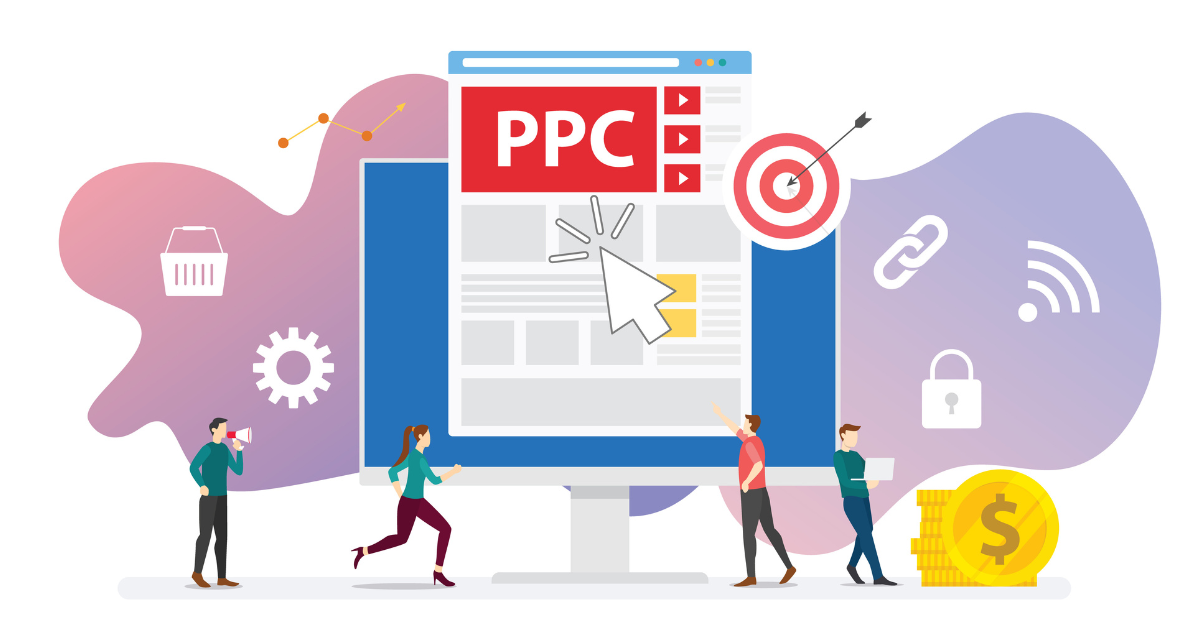Welcome to 2020! New decade, new you. There are dozens of new trends in digital marketing every year, so I wanted to take some time to highlight a few that I think are the most important or potentially impactful (generally). These trends are personal opinion, of course.
Business Intelligence and Data Analytics Drive Business Decision-Making
In my personal opinion, business intelligence and advanced data analytics are probably the most important trends to follow in 2020. As digital marketers, there is no shortage of data to create compelling “data driven” stories around marketing. However, many of us become victims of “paralysis by analysis” because we don’t know what data to use to support the story. And without a defined plan in advance, there is a tendency to find the data points to support the story we want to tell.
With a focus on business intelligence and data analytics, we can start looking at creating consolidated data warehouses collecting and merging data from multiple sources. Connecting our data, we can then turn to re-define our attribution model to better align with how our business works. Eventually, this can help us jump to predictive modeling, which helps to forecast forward-looking strategies.
Check out my previous post for Understanding Marketing Attribution Models.
Artificial Intelligence and Machine Learning
Everyone’s talking about it. Artificial intelligence (AI) and machine learning have been at the top of digital marketing trends for the past few years, and they aren’t going anywhere for 2020. We are still in the early stages of figuring out how AI and machine learning can drive marketing success. There are some areas where we have seen larger impacts – Google Ads uses a heavy dose of machine learning to optimize ad performance over time, particularly when you get into data driven bid management. Programmatic advertising may leverage varying levels of machine learning to drive the ad buy.
As companies become more invested in data collection, personalization, and efficiency in advertising, AI and machine learning will be at the center of driving value.
Programmatic Advertising
Programmatic advertising is slowly chipping away at the budget of more traditional display media buys. If you aren’t familiar with it, programmatic advertising is an automated process of buying and selling online advertising. It taps into AI and Machine learning to create strategic media buys that help you deliver to the right people at the right time. It allows you to layer specific audience segment information into your campaigns to drive maximum visibility to those right people.
Learn more about how to Evolve Your Strategy with Programmatic Advertising.
Podcast Marketing is an Untapped Channel
According to the latest statistics from Podcast Insights, there are more than 800,000 current active podcasts with more than 30 million episodes. 51% (144 million) of the U.S. population listened to at least one podcast in 2019. So while consumer activity is certainly trending toward active and avid podcast listeners, the advertising and marketing hasn’t yet caught up to this.
The team at PPC Hero recently released their 2019/2020 State of PPC report, only 4% of marketing budgets are aligned to podcasts. It is still a relatively new channel, but the saturation is low so the potential to figure it out with relatively small investment may be significant.
Rise of Chatbots to Drive CX Automation
Customer experience is important, and it is starting to merge with marketing in the digital ecosystem. Many company websites have an online chat function; however, they may not have a chatbot in place. A chatbot is a software program that helps to automate customer experience by interacting with customers on your site (or even on Facebook Messenger or other social messaging apps).
Chatbots can save you man hours and can help to make your customers happy, potentially shortening the time to convert.
Consumer Privacy vs. Personalization
In the past couple years, GDPR (General Data Protection Regulation) and CCPA (California Consumer Privacy Act) have taken center stage in the privacy vs. personalization debate. It’s an interesting conundrum of facts when you consider it. People want better, more personalized information when they do their research – we expect businesses to speak directly to us and to know what we are looking to buy. On the flip side, we expect our personal information to be protected more than we ever have before.
CCPA is just the first of these regulations to come to life in the United States…there will undoubtedly be more to come. Businesses that can understand and proactively prepare their data collection policies to maintain compliance will be a step ahead. Businesses that can also execute on personalization in their marketing efforts while maintaining compliance may see themselves able to win more.
Video is Still A Trend
Tapping into video is still in many ways an underutilized marketing effort for brands. While this may seem like an odd statement with the volume of videos that are published and viewed every day, the reality is video is still primarily an individual medium (meaning consumers are there but brands are less there).
The challenge is the growing options for producing and using video in your overall marketing mix. YouTube is still the obvious king of video consumption, but the expansion of streaming video options comes with new opportunities. Social networks like TikTok, Snapchat, Instagram TV, and others offer cutting edge opportunities to leverage video as a core marketing channel.
Visual Search
As the old saying goes, a picture is worth a thousand words. Google and Bing have invested significantly in improving their image search capabilities over the past few years. Pinterest is the go-to visual search engine for many. Make sure you have unique images that can showcase your brand in its best light.
Voice Search & Smart Devices
Voice search is another regular on the trends blog post, and it likely will continue to be for awhile as the technology and adoption continues to grow. Siri started the voice search phenomenon, and it has continued to evolve with smart home accessories (Google Home, Alexa) and IoT devices (Nest, Ring, etc.). Even our cars are equipped for voice search! I recently bought a new Smart TV that has a voice enabled remote control so I can search for a movie without actually clicking a button on the remote.
As a society we are connected to something basically all the time. And we are getting too lazy to type ?, so voice search has become a major convenience for us.
Shopping Advertising Continues to Evolve
For ecommerce businesses, shopping ads are still a relatively low-cost opportunity to advertise products across search engines and other important channels. Shopping feeds drive advertising across Google, Bing, Amazon, Walmart and other channels.
Social Ads Have Growing Importance
For digital media planners, social advertising will continue to take a larger percentage of the overall advertising budget in 2020 and beyond. As brands, gaining visibility “organically” in the world of social media is an extremely challenging prospect. There is a lot of noise out there, and if you don’t have a constant engine spinning out new content on a regular basis, visibility is limited.
While paid search will and should continue to dominate online media budget, social advertising will continue to rise and should be an emphasis.
Audience Targeting
Understanding your audience in greater detail is one of the key things I think everyone should focus on in 2020. General demographic and geographic data aren’t good enough. You need to truly understand WHO you are marketing to in order to maximize your return. This audience data can come from a lot of different sources:
- First-party data
- Third-party data
- Geographic data
- Company/customer profile data
- Remarketing data
- Etc.
There are numerous sources of potential audience data points. Investing time in learning about your target audience will pay dividends down the road. These audiences can be leveraged across most advertising channels – from paid search to social media to programmatic ads.
Conversion Rate Optimization & A/B Testing
Test, test, and test again. While this isn’t some new concept in the world of digital marketing, it is still something that is largely underutilized. Conversion rate optimization (CRO) is a systematic process designed to improve the chances that site visitors will convert (buy, fill out a form, or whatever the desired action may be). With the end goal of improve conversion rates, CRO can become a low touch, high value action you include in your marketing strategy in 2020.
Read about 5 Steps to Successful Conversion Rate Optimization.
What are your trend predictions for 2020? What tactics and strategies do you plan to add to the mix? Let us know in the comments section.




Hello. Great job. I did not expect this.
This is a impressive story. Thanks!